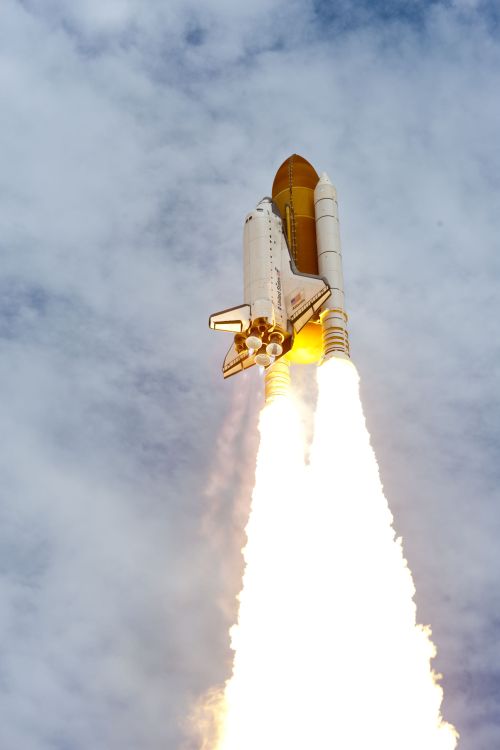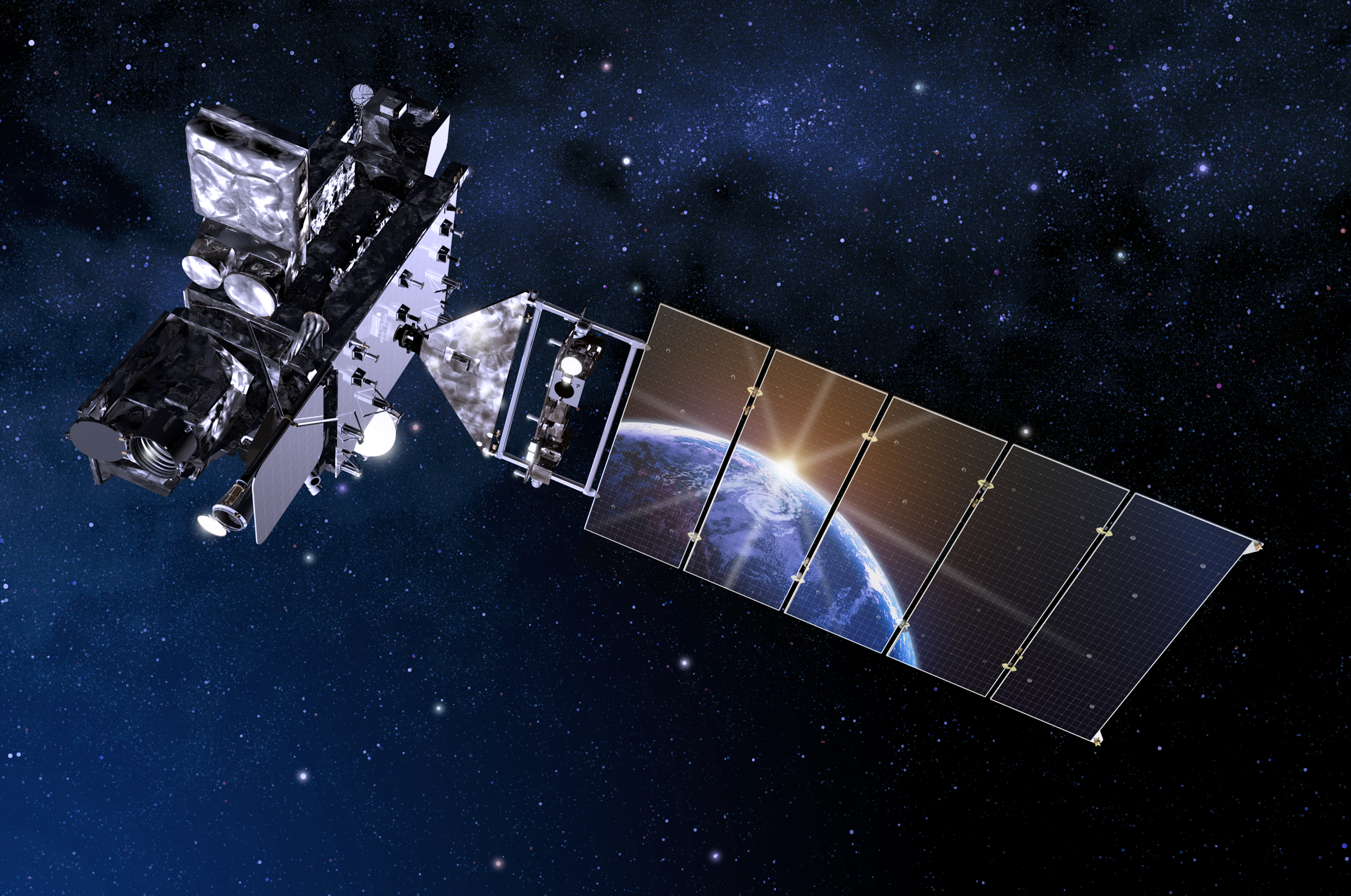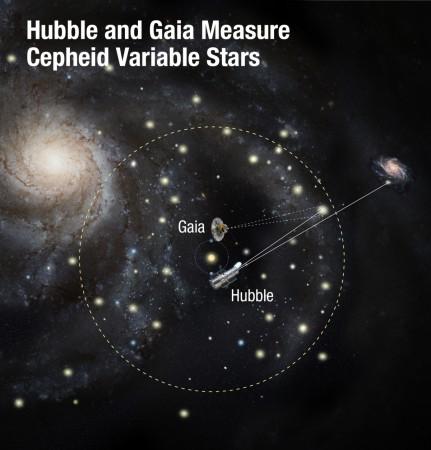NASA spacecraft measures the rate R R of at which atmospheric pressure on Mars decreases with altitude. The result at a certain altitude is: R=0.0259 \text kPa\cdot\text km^- R = 0.0259kPa⋅ km− Convert R R to \text kJ\cdot\text m^ -4 kJ⋅ m−4. Solution Verified Answered 9 months ago Create a free account to view solutions
Calculating rocket acceleration — Science Learning Hub
Transcribed Image Text: MEASUREMENT Interconverting derived Sl units A NASA spacecraft measures the rate R at which atmospheric pressure on Mars decreases with altitude. The result at a certain altitude is: R=0.0335 kPa km Convert R to kJ m 4. k kJ m Explanation 4 -1 Check . 0 x10 X Ś MA JUL 20 m tv ♫ ← Q 2023 McGraw Hill LLC.

Source Image: earthsky.org
Download Image
1y NASA | Explore the universe and discover our home planet with the official NASA boards on Pinterest. Visit us at www.nasa.gov

Source Image: greenpolicy360.net
Download Image
Radiation Sickness, Cellular Damage and Increased Cancer Risk for Long-term Missions to Mars – Universe Today A NASA spacecraft measures the rate R at which atmospheric pressure on Mars decreases with altitude. The result at a certain altitude is: R = 0.0586 · kPa · km^ (-1) Convert R to kJ · m^ (-4). Instant Answer Step 1/3 First, we need to convert kPa to kJ/m³. We know that 1 kPa = 1000 Pa and 1 Pa = 1 J/m³, so 1 kPa = 1000 J/m³ = 1 kJ/m³.
![Solved: A NASA spacecraft measures the rate R at which atmospheric pressure on Mars decreases with [algebra]](https://p16-ehi-va.gauthmath.com/tos-maliva-i-ejcjvp0zxf-us/7b63b7f76e7446008fa910b3e35b415f~tplv-ejcjvp0zxf-webp.webp)
Source Image: gauthmath.com
Download Image
A Nasa Spacecraft Measures The Rate R
A NASA spacecraft measures the rate R at which atmospheric pressure on Mars decreases with altitude. The result at a certain altitude is: R = 0.0586 · kPa · km^ (-1) Convert R to kJ · m^ (-4). Instant Answer Step 1/3 First, we need to convert kPa to kJ/m³. We know that 1 kPa = 1000 Pa and 1 Pa = 1 J/m³, so 1 kPa = 1000 J/m³ = 1 kJ/m³. A NASA spacecraft measures the rate R at which atmospheric pressure on Mars decreases with altitude. The result at a certain altitude is: R=0.0822 kPa km Convert R to J-cm 4. 0₁. J.cm -1 x10 X G . A NASA spacecraft measures the rate R at which atmospheric pressure on Mars decreases with altitude.
Solved: A NASA spacecraft measures the rate R at which atmospheric pressure on Mars decreases with [algebra]
Science Chemistry Chemistry questions and answers A NASA spacecraft measures the rate, R, at which atmospheric pressure on Mars decreases with altitude as R = 0.0406 kPa km-1. Convert R to mJ m-4. Possibly useful information: 1 Pa = kg m-1 s-2 1 J = 1 Pa m3 This problem has been solved! How did NASA control spacecraft which were so far away from the earth? – Quora
Source Image: quora.com
Download Image
Get Me Off This Planet – Lesson – TeachEngineering Science Chemistry Chemistry questions and answers A NASA spacecraft measures the rate, R, at which atmospheric pressure on Mars decreases with altitude as R = 0.0406 kPa km-1. Convert R to mJ m-4. Possibly useful information: 1 Pa = kg m-1 s-2 1 J = 1 Pa m3 This problem has been solved!

Source Image: teachengineering.org
Download Image
Calculating rocket acceleration — Science Learning Hub NASA spacecraft measures the rate R R of at which atmospheric pressure on Mars decreases with altitude. The result at a certain altitude is: R=0.0259 \text kPa\cdot\text km^- R = 0.0259kPa⋅ km− Convert R R to \text kJ\cdot\text m^ -4 kJ⋅ m−4. Solution Verified Answered 9 months ago Create a free account to view solutions

Source Image: sciencelearn.org.nz
Download Image
Radiation Sickness, Cellular Damage and Increased Cancer Risk for Long-term Missions to Mars – Universe Today 1y NASA | Explore the universe and discover our home planet with the official NASA boards on Pinterest. Visit us at www.nasa.gov

Source Image: universetoday.com
Download Image
GOES-R Activity Book – NASA Solution for A NASA spacecraft measures the rate R at which atmospheric pressure on Mars decreases with altitude. The result at a certain altitude is: R=…

Source Image: nasa.gov
Download Image
Time to change our perception of universe? New data by Hubble, Gaia may just do it – IBTimes India A NASA spacecraft measures the rate R at which atmospheric pressure on Mars decreases with altitude. The result at a certain altitude is: R = 0.0586 · kPa · km^ (-1) Convert R to kJ · m^ (-4). Instant Answer Step 1/3 First, we need to convert kPa to kJ/m³. We know that 1 kPa = 1000 Pa and 1 Pa = 1 J/m³, so 1 kPa = 1000 J/m³ = 1 kJ/m³.

Source Image: ibtimes.co.in
Download Image
SpaceX prototype spacecraft blows up during pressure test – The Economic Times A NASA spacecraft measures the rate R at which atmospheric pressure on Mars decreases with altitude. The result at a certain altitude is: R=0.0822 kPa km Convert R to J-cm 4. 0₁. J.cm -1 x10 X G . A NASA spacecraft measures the rate R at which atmospheric pressure on Mars decreases with altitude.

Source Image: m.economictimes.com
Download Image
Get Me Off This Planet – Lesson – TeachEngineering
SpaceX prototype spacecraft blows up during pressure test – The Economic Times Transcribed Image Text: MEASUREMENT Interconverting derived Sl units A NASA spacecraft measures the rate R at which atmospheric pressure on Mars decreases with altitude. The result at a certain altitude is: R=0.0335 kPa km Convert R to kJ m 4. k kJ m Explanation 4 -1 Check . 0 x10 X Ś MA JUL 20 m tv ♫ ← Q 2023 McGraw Hill LLC.
Radiation Sickness, Cellular Damage and Increased Cancer Risk for Long-term Missions to Mars – Universe Today Time to change our perception of universe? New data by Hubble, Gaia may just do it – IBTimes India Solution for A NASA spacecraft measures the rate R at which atmospheric pressure on Mars decreases with altitude. The result at a certain altitude is: R=…